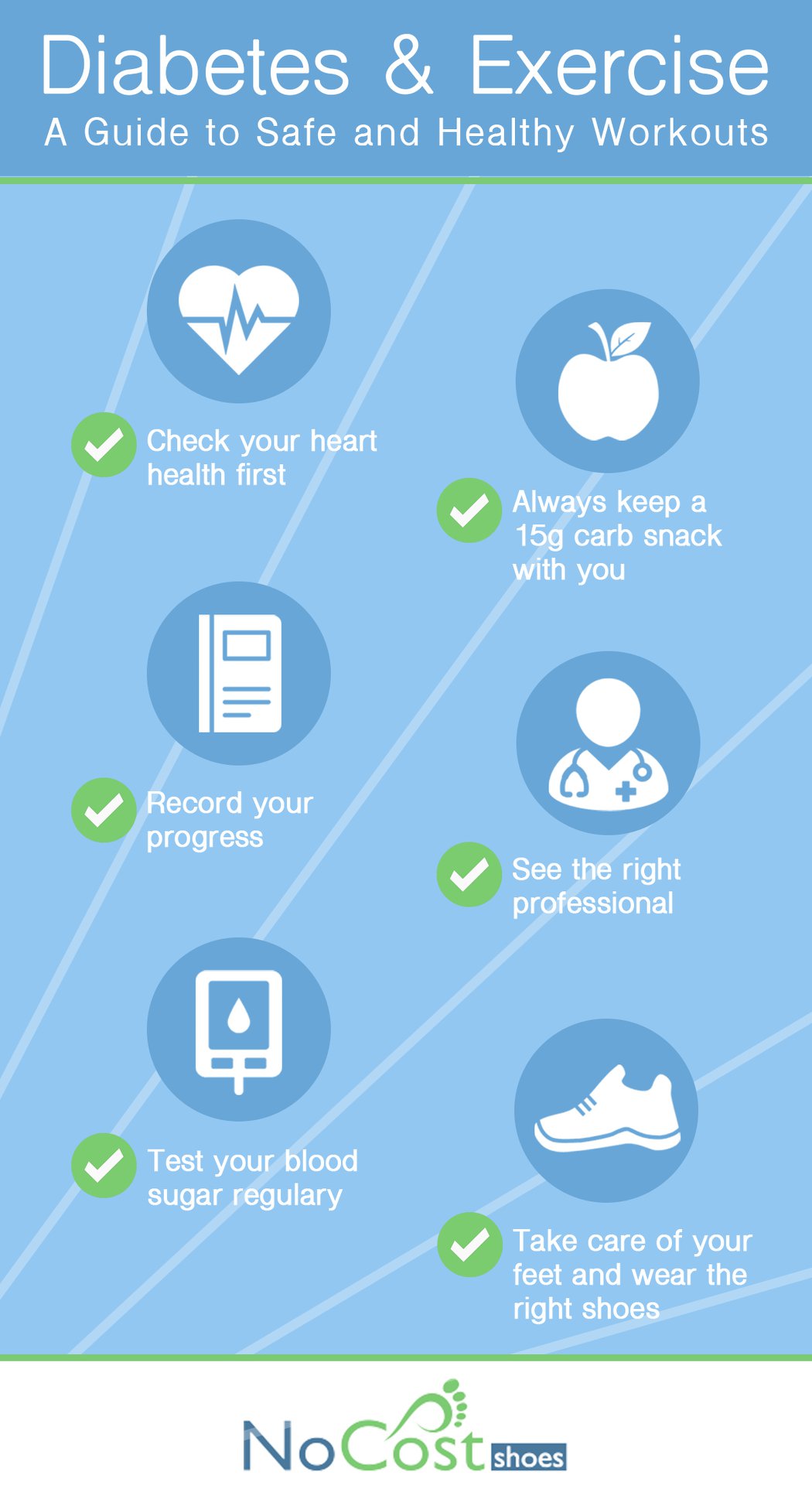With more than 100 million Americans living with prediabetes and diabetes, it’s no surprise that people with the diagnosis come from all walks of life. But some may be surprised just how many familiar faces and A-list celebrities balance diabetes management with superstardom. Diabetics in the public eye are often asked questions about their diagnosis, and their answers can be inspirational and enlightening. Here are 8 of our favourite lines from people with diabetes in the spotlight.
Larry King
Diabetes just boggles me. I know when you get a heart pain; I’ve had them. I don’t know what diabetes feels like. … If someone had said to me, “What’s your No. 1 health problem?” I would have said heart disease and then diabetes. And what doctors tell me now is that I can transpose them and say diabetes first.
In this interview with Diabetes Forecast, longtime talk show host and diabetes advocate Larry King points to a very important topic: the relationship between heart health and diabetes. Often considered to be two distinct challenges, the reality is that diabetes and heart disease often go hand in hand. King shared, “My cardiologist said to me, diabetes is heart disease.”
Nick Jonas
“Diabetes sounds like you’re going to die when you hear it. I was immediately frightened. But once I got a better idea of what it was and that is was something I could manage myself, I was comforted.”
In his interview with fellow diabetic Larry King, Nick Jonas describes an experience with which many people with diabetes are familiar – confusion and panic at initial diagnosis, followed by a sense of security after some diabetes education. At No Cost Shoes, we have to tip our hats to diabetes management educators – they are so important to helping people like Nick understand the best way to manage diabetes day to day.
Later in the interview, Nick offers a glimpse of what diabetes management looks like to a touring musician. “I’ve had a few low blood sugars on stage,” he shared. “But, we have an amazing team when we’re on the road who are always prepared. I have juice on the side of the stage and my guitar tech will bring it out and make sure I’m cool. It’s just about knowing how to manage your specific diabetes, I feel like. Once you get a handle on it, it’s okay.”
Dr. Phil McGraw
“One thing that you really have to do is move forward. You’ve gotta really tackle this. You can’t be a passive patient.”
Dr. Phil is no stranger to giving advice, but the tips he offers on diabetes are a bit more personal than his other quips. After being diagnosed with Type 2 Diabetes over 25 years ago, McGraw became an advocate for healthy living and personal care. In this interview with TV show The Doctors, encourages fellow diabetics to take action with five steps, including get educated, get a team, and replace bad habits. Watch his story and advice for others here:
Mary Tyler Moore
(on insulin injections) “It’s just like sitting down to the make up table – I’ve got this I’m going to put on, have a drink of coffee, you know – it’s part of your routine.”
TV darling Mary Tyler Moore’s discussion of insulin may sound casual, but it’s clearly something she takes very seriously – enough to make several television appearances to discuss diabetes, including frank discussion of risks including blindness and amputation. This clip from a 2005 shows how her matter-of-fact approach helped her manage the diagnosis, which she received in 1969.
Tom Hanks
“Everybody’s going to have some degree of health problems, and as we get older I think we’ve gotta maintain.”
Tom Hanks’ revealed his diabetes in a 2013 interview on Letterman, where he lightheartedly poked fun at the diagnosis. In a follow-up interview, he clarified that although he handled the diagnosis well, self-care was a priority. “I know what I have to do. I have access to good doctors, I can eat good food, and after that it’s all up to the individual.”
Halle Berry
“People think it’s hard to cut out sugar, but it can be done. You just have to put some effort in.”
The always optimistic Halle Berry noted in an interview with Marie Claire that the diet required to manage her diabetes had actually contributed to a better quality of life for her whole family. “I’m healthier since the diagnosis,” She told the magazine. “And I think it has made me a better mom, because I’m so aware of how much sugar we consume. I’ve very conscious of what my children eat and how much they take in.”
Jay Cutler
In our profession, you’re supposed to be tough…I thought it was something I would just bounce back from.
This relateable quote from NFL star Jay Cutler explains the process many people go through when first diagnosed with diabetes, especially those expected to be “tough” and healthy for work like professional athletes. Today, Cutler is comfortable discussing the emotional side of diabetes as well as the physical challenges. “Sometimes I take pride in it, sometimes I feel bad for myself. There’s a whole range of emotions you go through.” Cutler reveals the challenges of being a diabetic pro athlete in a series of videos, which you can watch here:
Randy Jackson
[With diabetes] there are so many things that you learn that you didn’t think you wanted to know, but now you have this disease, you’ve gotta do it.
Award-winning producer and American Idol judge Randy Jackson received his diabetes diagnosis while filming the popular talent show. Even though his father had the disease and he admits he wasn’t eating right, it still came as a shock. Luckily, he quickly learned to rise to the occassion. “All your life you’ve heard the doctors say diet and exercise actually works, but as I look back on it I was never really doing it. I had to have major behaviour modification in every way.” After losing 110 pounds and taking control of his diabetes, Jackson is able to share valuable lessons from his journey in appearances such as this interview with The Doctors.
——————————
Note: This article was written by No Cost Shoes, a leading diabetic shoe supplier that provides Medicare-covered therapeutic shoes, inserts, and medical aids to people across the United States. For more information on how to get what you need to manage diabetes at no cost to you, visit nocostshoes.com.




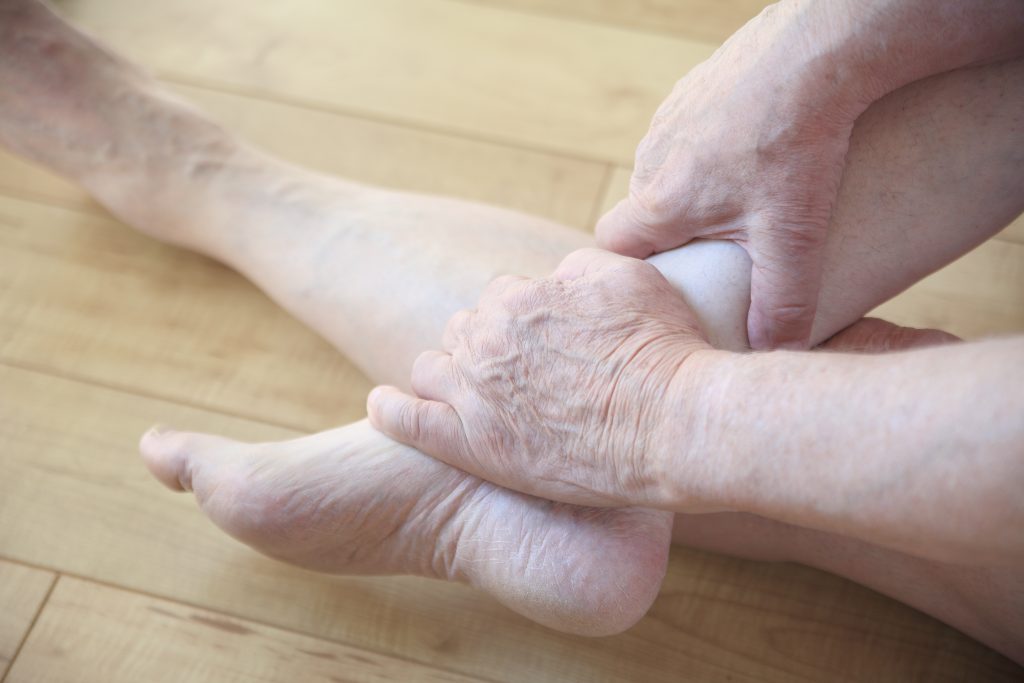
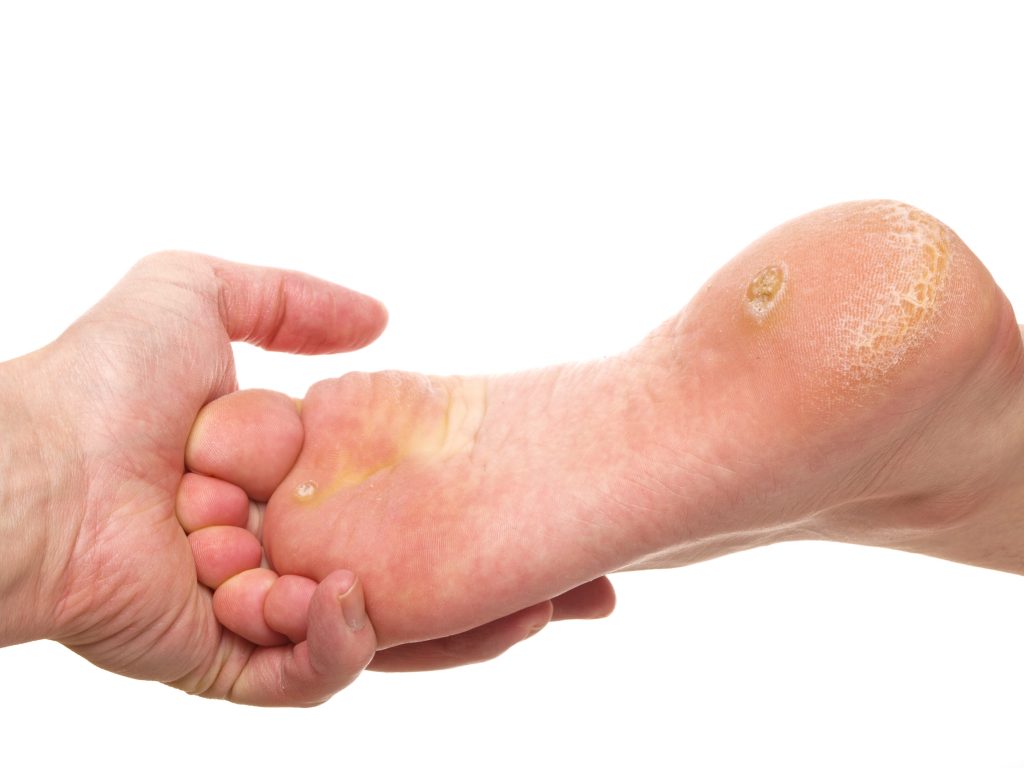

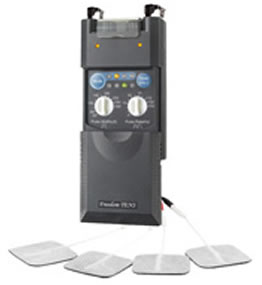 TENS therapy uses small electrical impulses to block pain signals and increase endorphins. It is recommended by many pain management professionals as a non-invasive, non-painful and non-surgical way to treat neuropathy and similar conditions.
TENS therapy uses small electrical impulses to block pain signals and increase endorphins. It is recommended by many pain management professionals as a non-invasive, non-painful and non-surgical way to treat neuropathy and similar conditions. If you are feeling chronic pain in your feet, ankles, legs or even hips, there is some relief available: Medicare covers one pair of therapeutic shoes and three pairs of inserts for qualifying people each year. Even if the pain has not reached your feet, diabetic shoes can play an important role in protecting from future damage.
If you are feeling chronic pain in your feet, ankles, legs or even hips, there is some relief available: Medicare covers one pair of therapeutic shoes and three pairs of inserts for qualifying people each year. Even if the pain has not reached your feet, diabetic shoes can play an important role in protecting from future damage. Braces are commonly recommended by doctors and physiotherapists to reduce pain from free-moving joints. There are specific types of braces that may be more beneficial for long-term use by someone with chronic pain; for example, this product from
Braces are commonly recommended by doctors and physiotherapists to reduce pain from free-moving joints. There are specific types of braces that may be more beneficial for long-term use by someone with chronic pain; for example, this product from 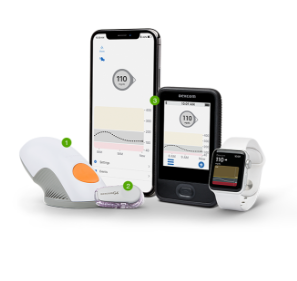


 tight around the toes, these shoes offer more space in the toebox. This is a particularly helpful feature for those with conditions like
tight around the toes, these shoes offer more space in the toebox. This is a particularly helpful feature for those with conditions like 
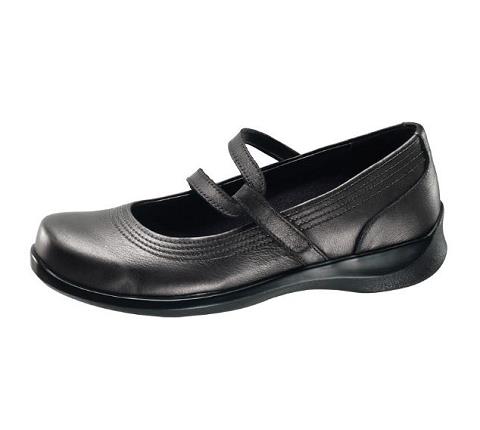












 services will be covered under your health care plan. The best option is to use someone who can directly bill your insurance or Medicare. This lowers your risk and confirms that they are approved to provide this service.
services will be covered under your health care plan. The best option is to use someone who can directly bill your insurance or Medicare. This lowers your risk and confirms that they are approved to provide this service.
 In this study, “inactivity” was defined as less than 1,000 steps per day. This reflects the activity level of a person classified as “homebound”.
In this study, “inactivity” was defined as less than 1,000 steps per day. This reflects the activity level of a person classified as “homebound”. 